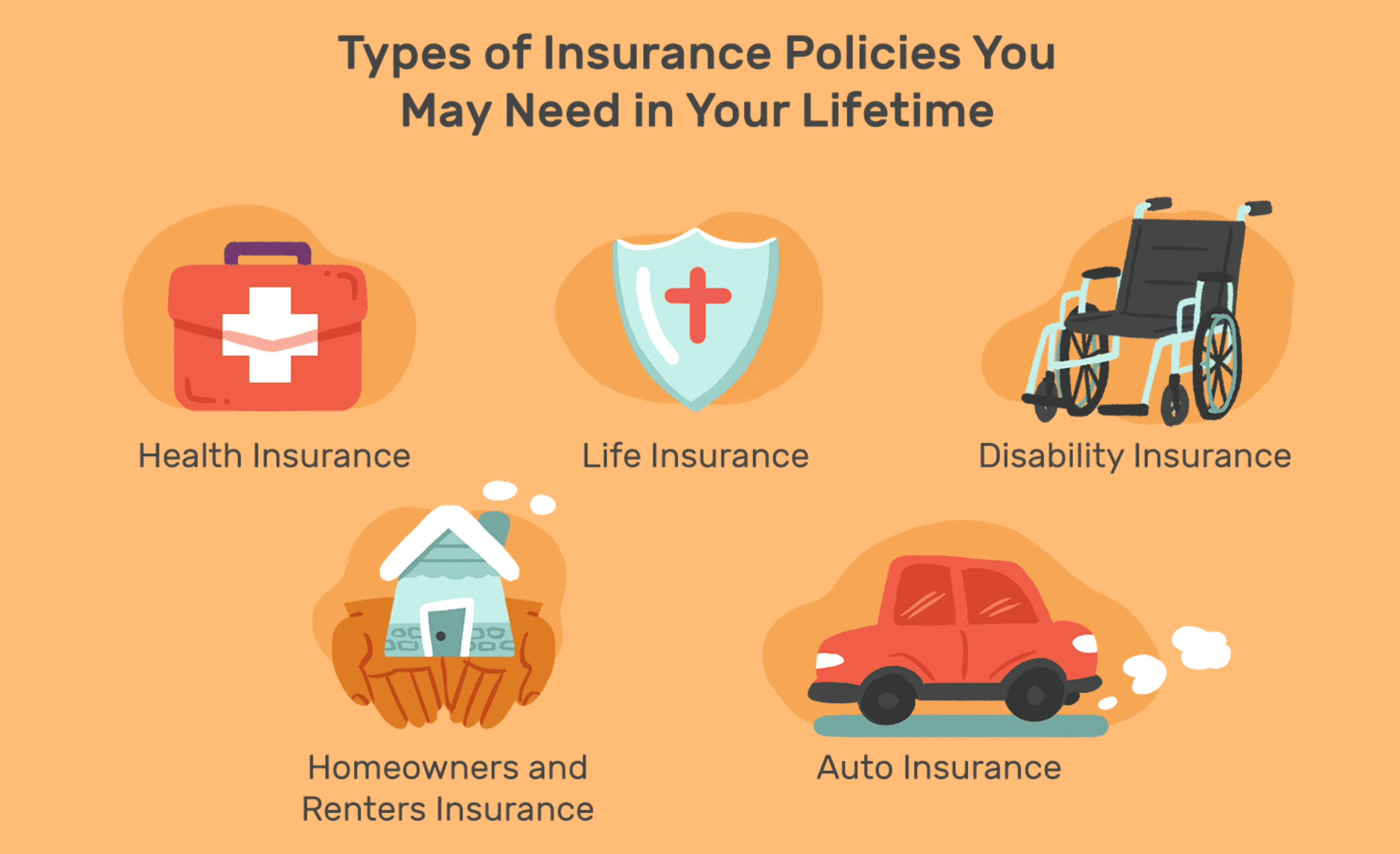
Health and Auto Insurance: Understanding Coverage in Accidents and Emergencies
In the ever-evolving world of insurance, understanding the complexities of health and auto insurance policies becomes paramount, especially in scenarios involving accidents and emergencies. This comprehensive article aims to elucidate the nuances of how these two types of insurance interplay, helping policyholders navigate the often challenging waters of claims and coverage.
Introduction
Accidents are unpredictable, and the aftermath can be a whirlwind of medical treatments, insurance claims, and financial considerations. In such situations, it's crucial to know where your auto insurance ends and your health insurance begins. This article will provide a detailed exploration of the coverage options available under both health and auto insurance policies, the process of claims, and how to maximize benefits in the event of an accident.
Understanding Auto Insurance Coverage
Auto insurance policies typically cover damages to your vehicle and liability for damages to others. However, when it comes to medical expenses resulting from an auto accident, the coverage depends on the specific terms of your policy. Common coverages include:
- Personal Injury Protection (PIP): Often mandatory in no-fault states, PIP covers medical expenses, lost wages, and other related costs, regardless of who is at fault.
- Medical Payments Coverage (MedPay): This coverage pays for medical expenses for you and your passengers, regardless of fault. It is available in most states and can be used regardless of health insurance status.
Navigating Health Insurance in the Context of Auto Accidents
Health insurance typically serves as a primary mode of coverage for medical expenses. However, when an auto accident is involved, things get more complex. Here are key points to understand:
- Primary vs. Secondary Coverage: In many cases, your auto insurance's medical coverage (like PIP or MedPay) will be the primary payer for medical bills, with your health insurance as secondary.
- Deductibles and Co-pays: Be aware of your health insurance plan's deductibles and co-pays, as these will apply even when your health insurance acts as secondary coverage.
- Out-of-Network Concerns: If you receive treatment from out-of-network providers, your health insurance may not cover all expenses, leaving you with higher out-of-pocket costs.
Claims and Coordination of Benefits
After an auto accident, you may need to file claims with both your auto and health insurance providers. Coordination of Benefits (COB) is crucial here, as it determines which insurer pays first. Understand your policies' COB rules to avoid delays or denials of coverage.
Maximizing Your Coverage
To ensure you receive the maximum benefits from your insurance policies, consider the following steps:
- Understand Your Policies: Thoroughly review your health and auto insurance policies to understand the coverages, limitations, and deductibles.
- Prompt Notification: Notify both your health and auto insurance providers as soon as possible after an accident.
- Document Everything: Keep detailed records of all medical treatments, communications with insurance companies, and related expenses.
- Seek Professional Advice: Consider consulting with an insurance lawyer or a financial advisor for complex cases.
Dealing with Uninsured and Underinsured Motorists
If you're involved in an accident with an uninsured or underinsured driver, your own insurance policy may have coverage options, like uninsured motorist (UM) or underinsured motorist (UIM) coverage, to help with medical expenses. These coverages can be vital in ensuring you're not left financially vulnerable.
Conclusion
In the aftermath of an auto accident, understanding the synergy between your health and auto insurance policies is critical. By comprehensively understanding your coverage, preparing for the claims process, and knowing your rights as a policyholder, you can navigate these challenging situations with confidence and assurance.